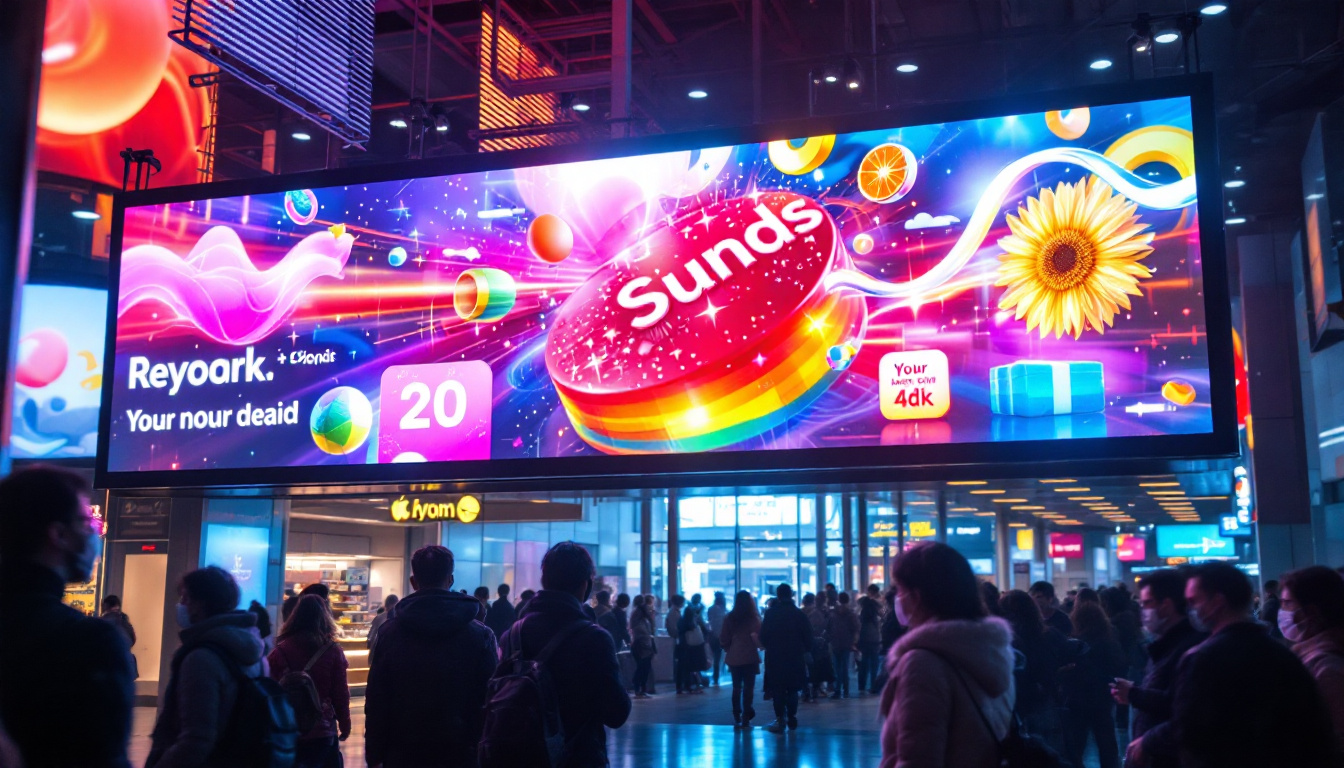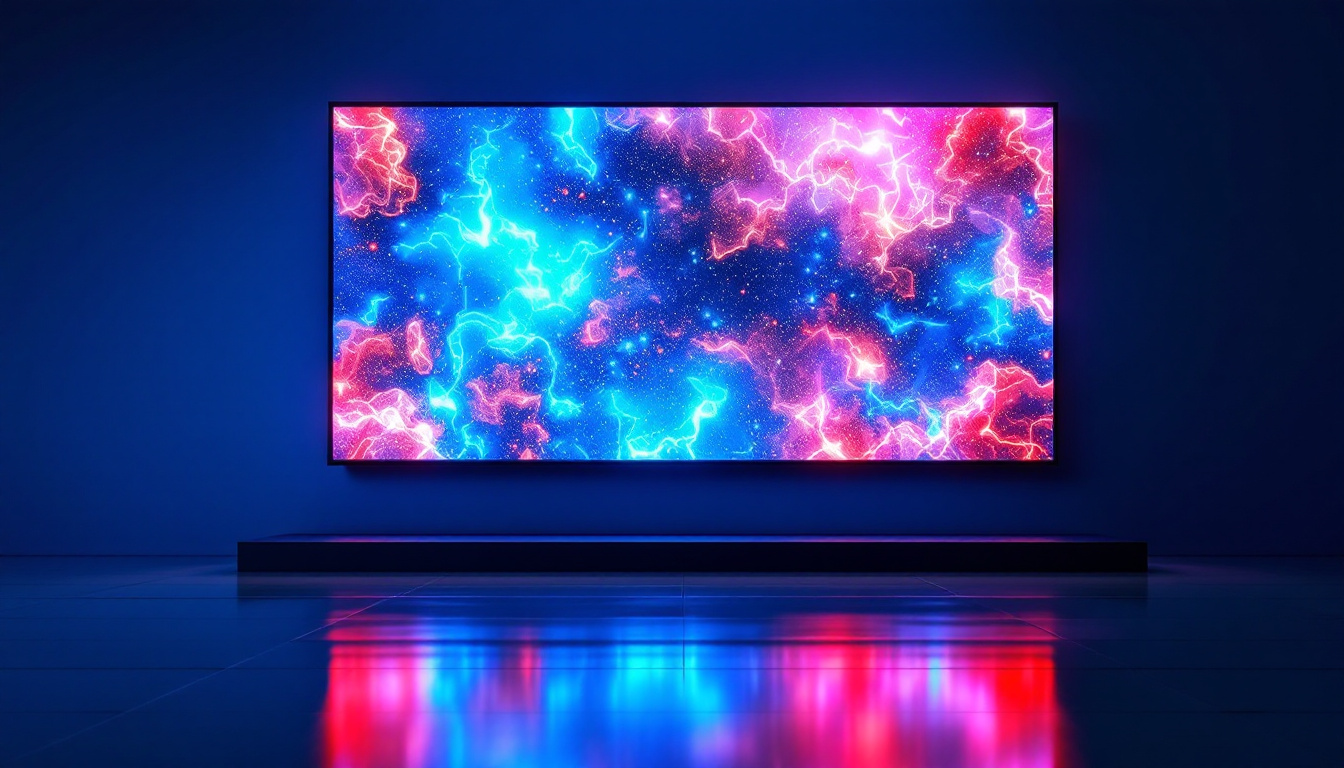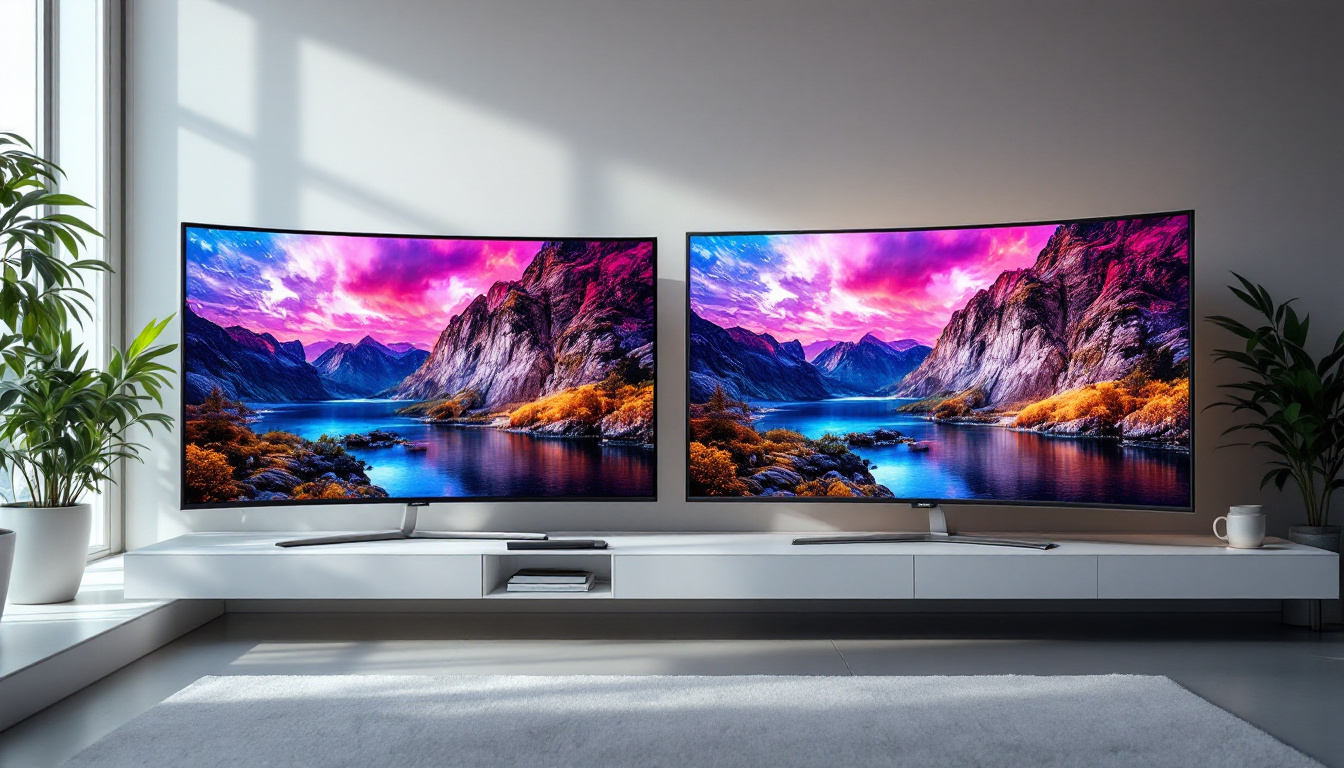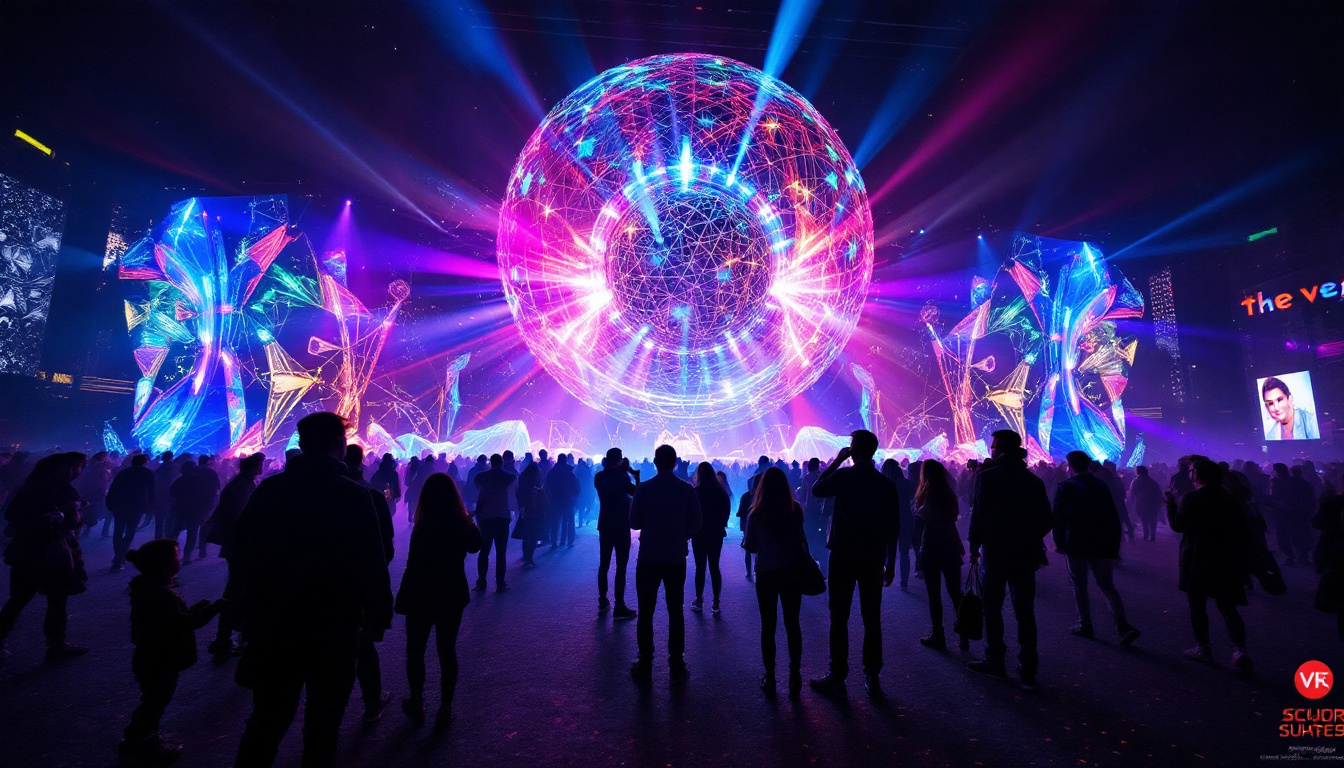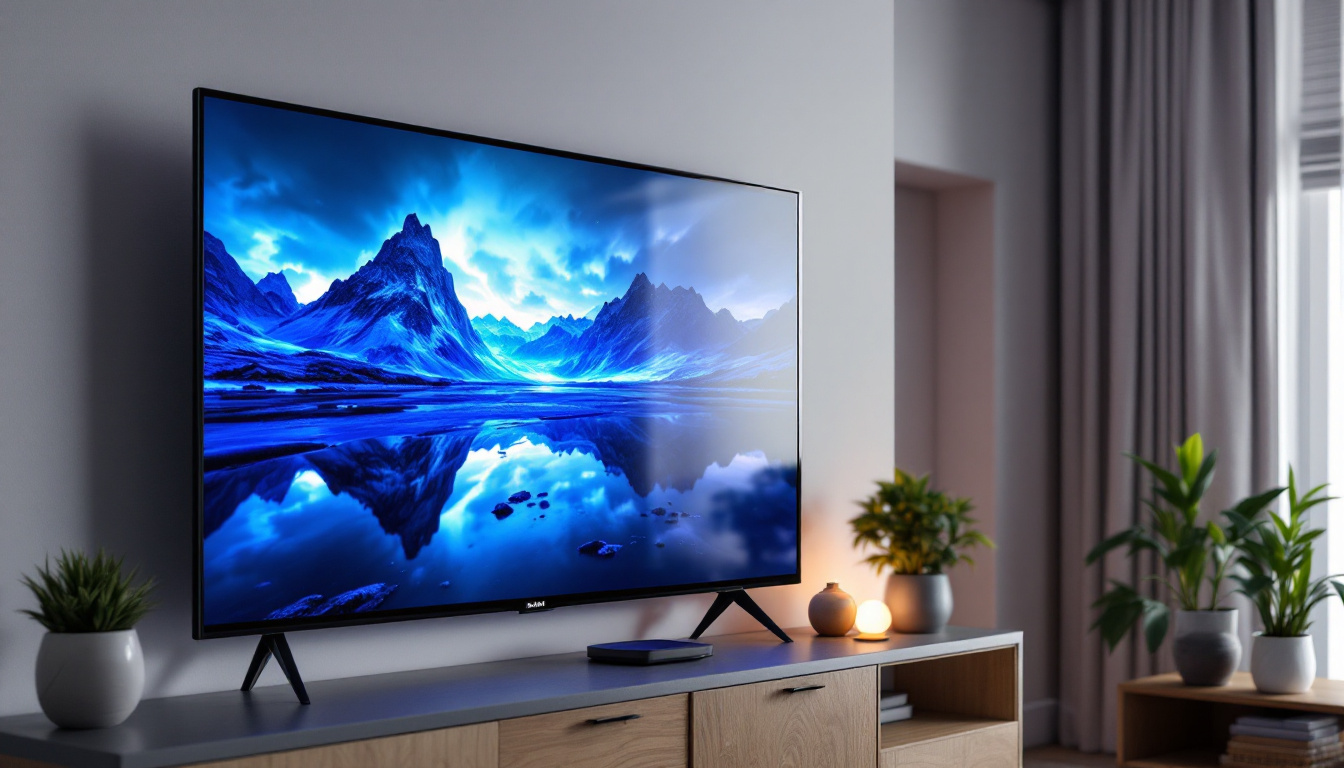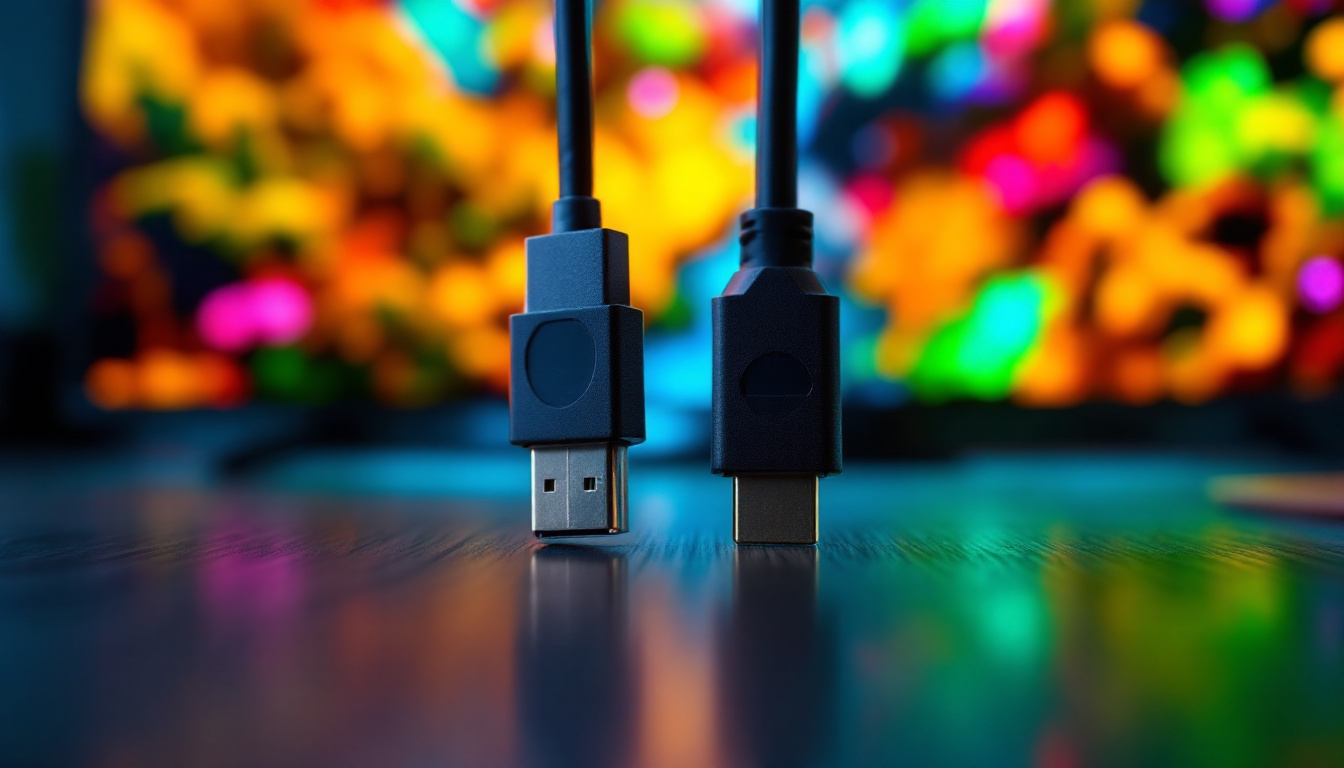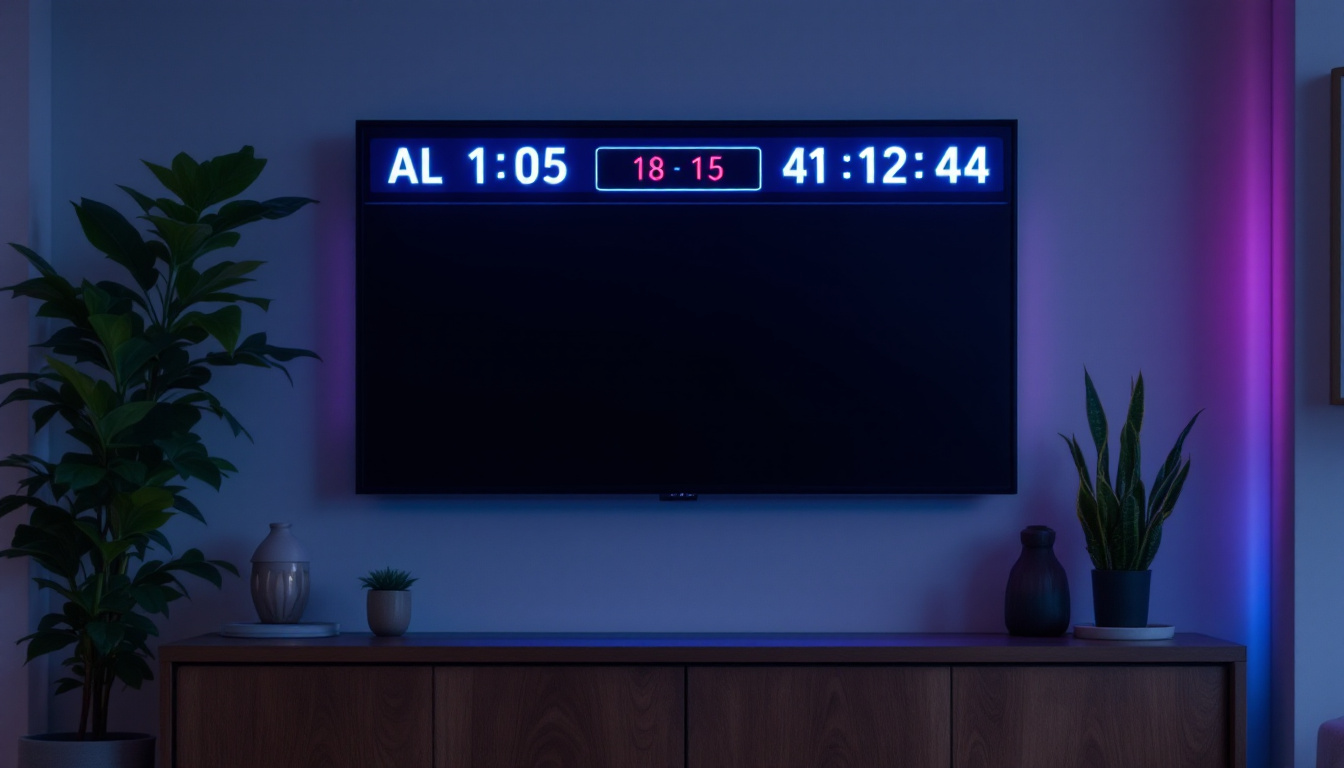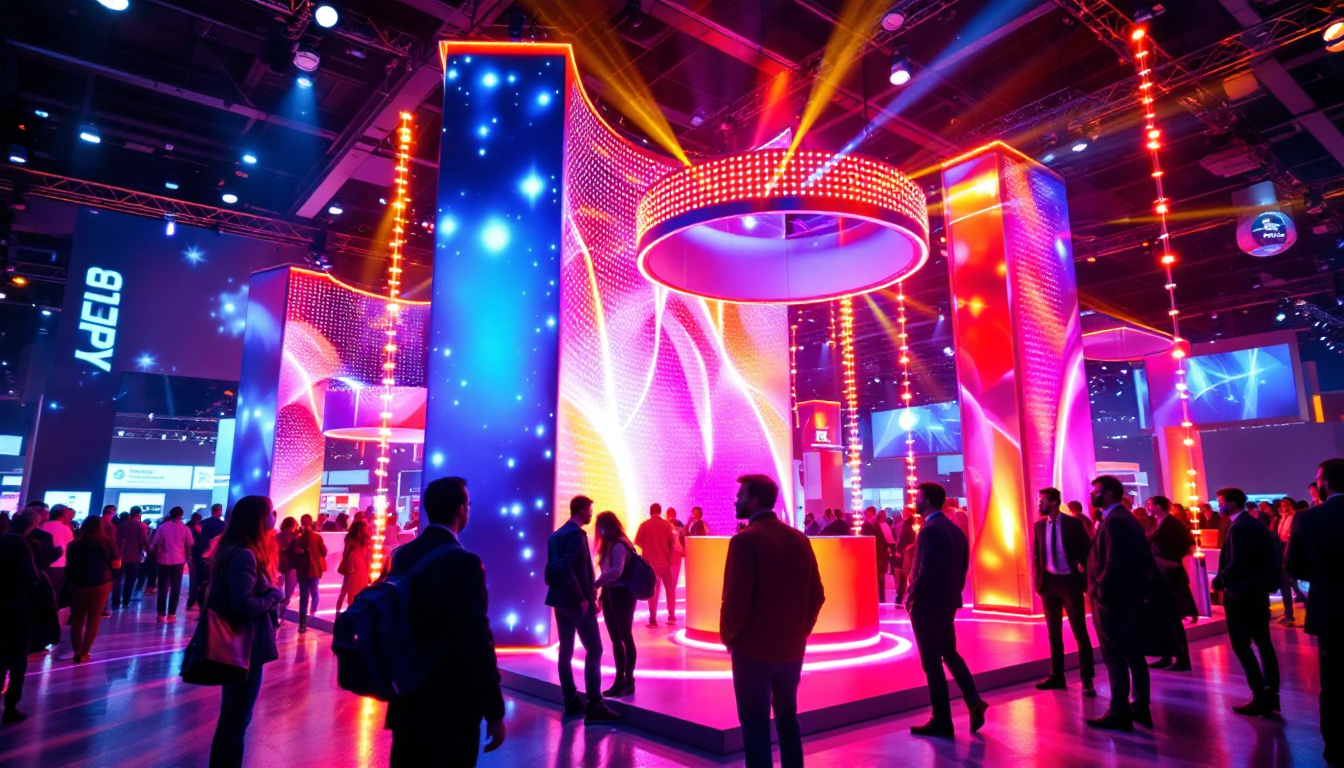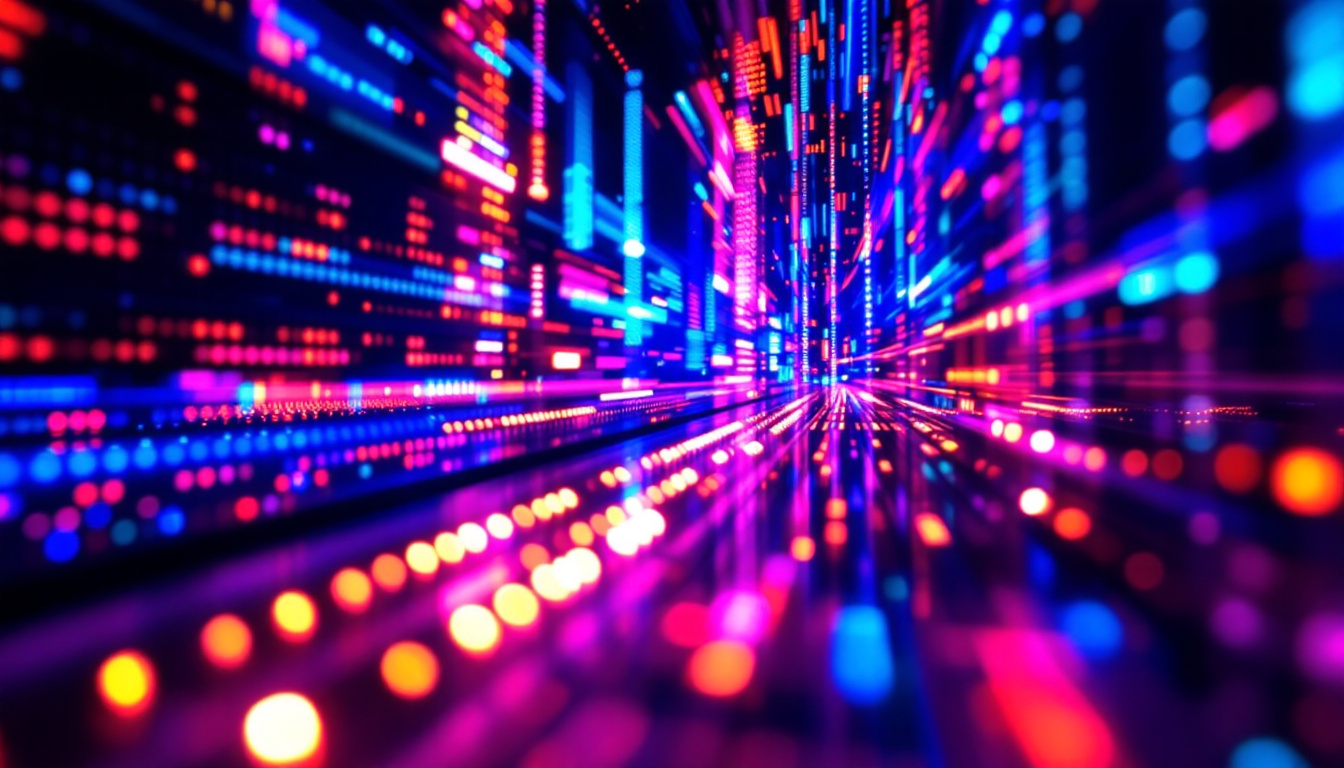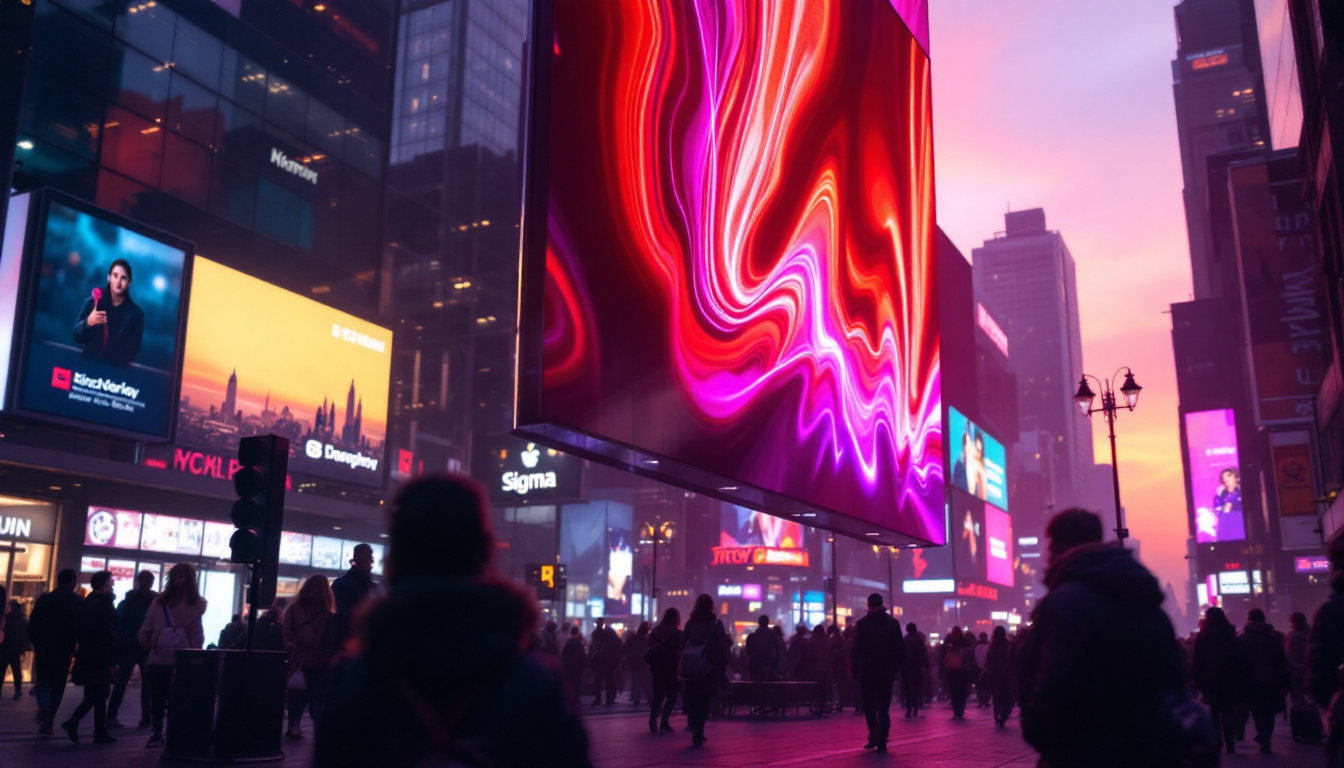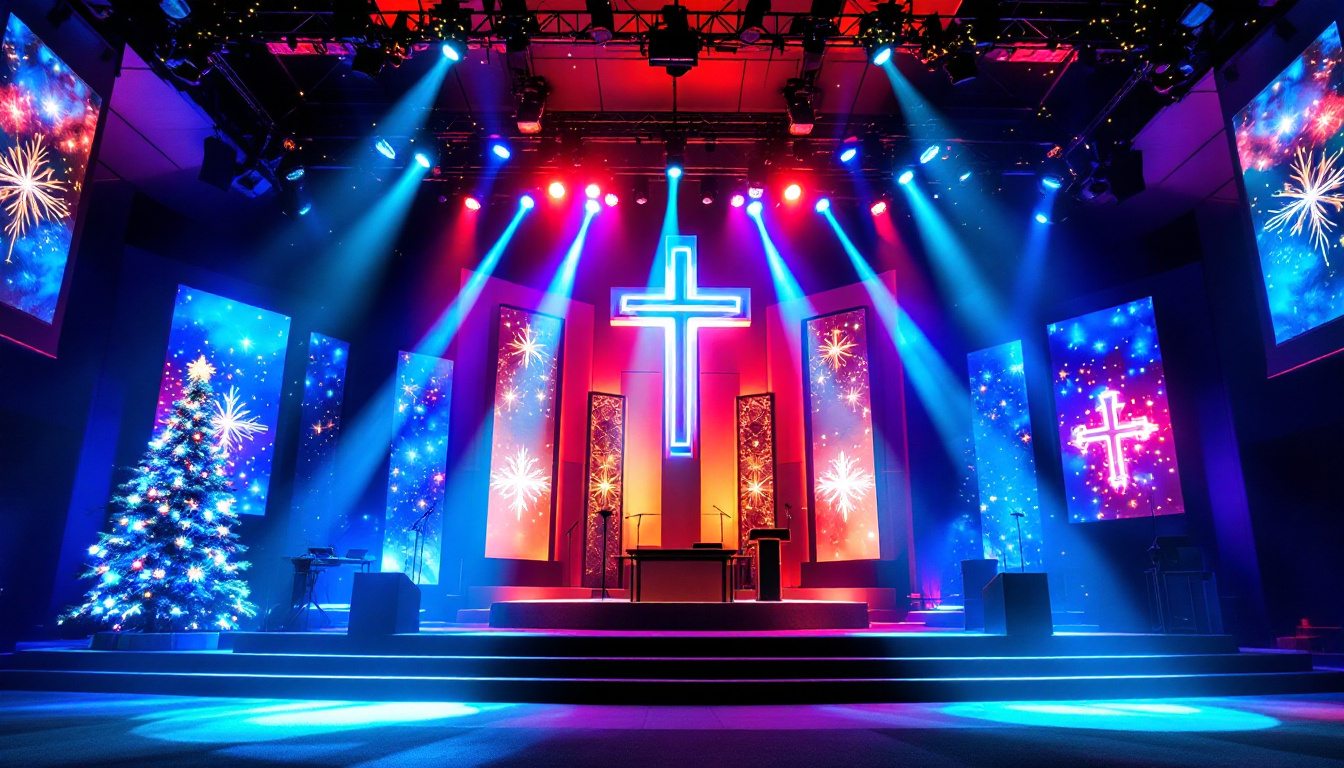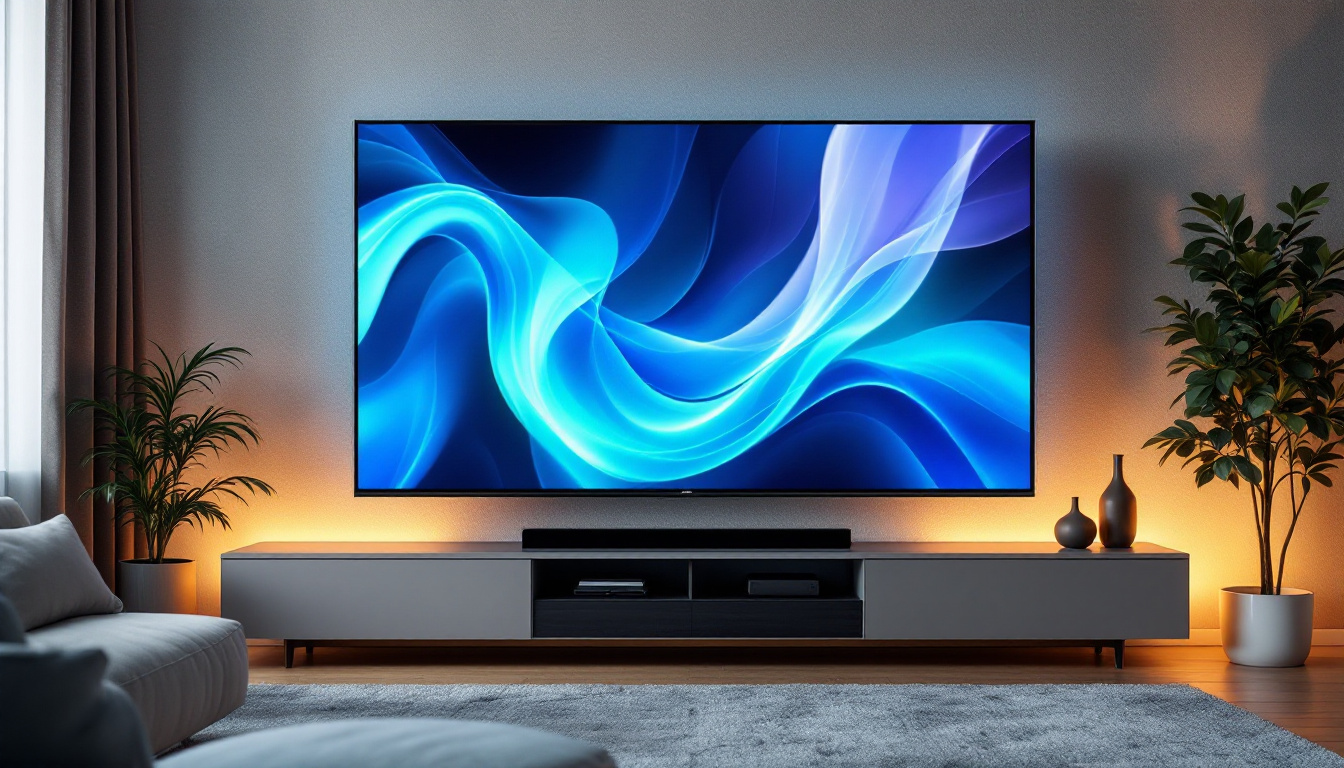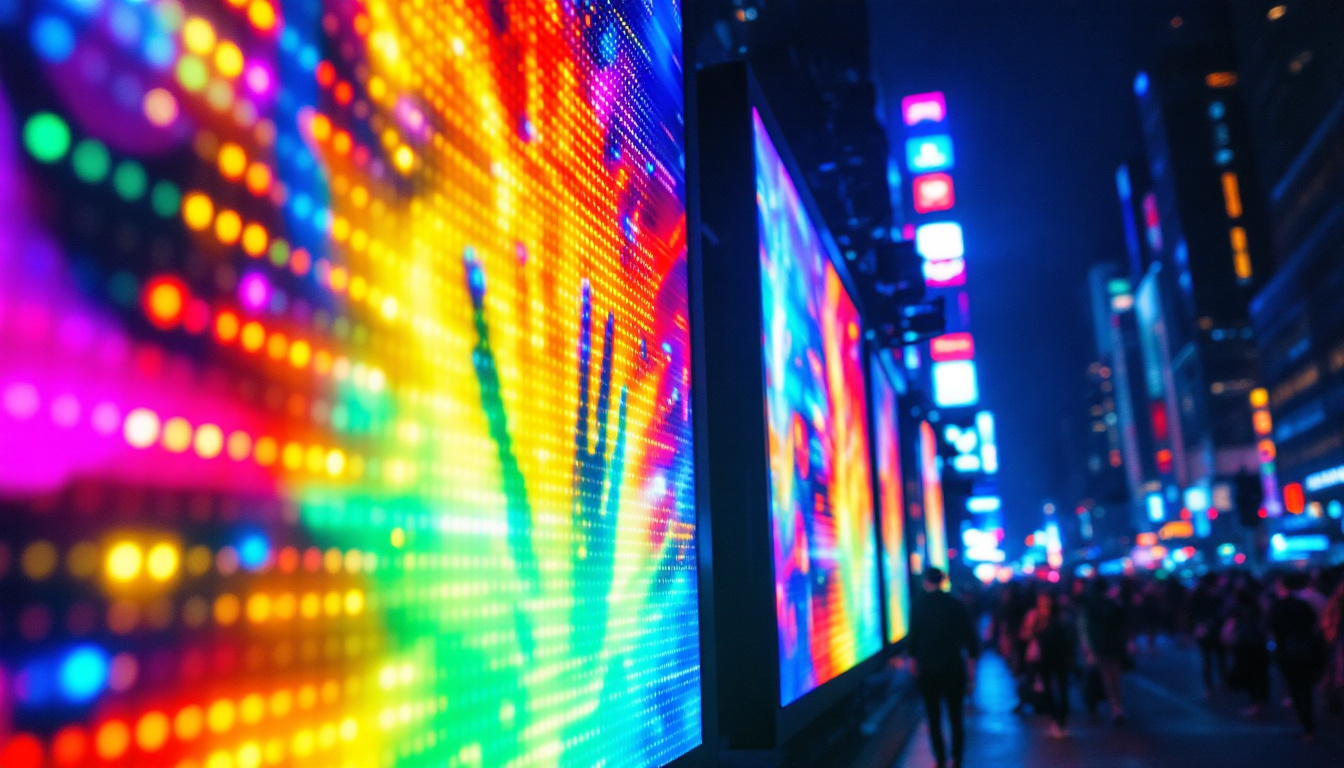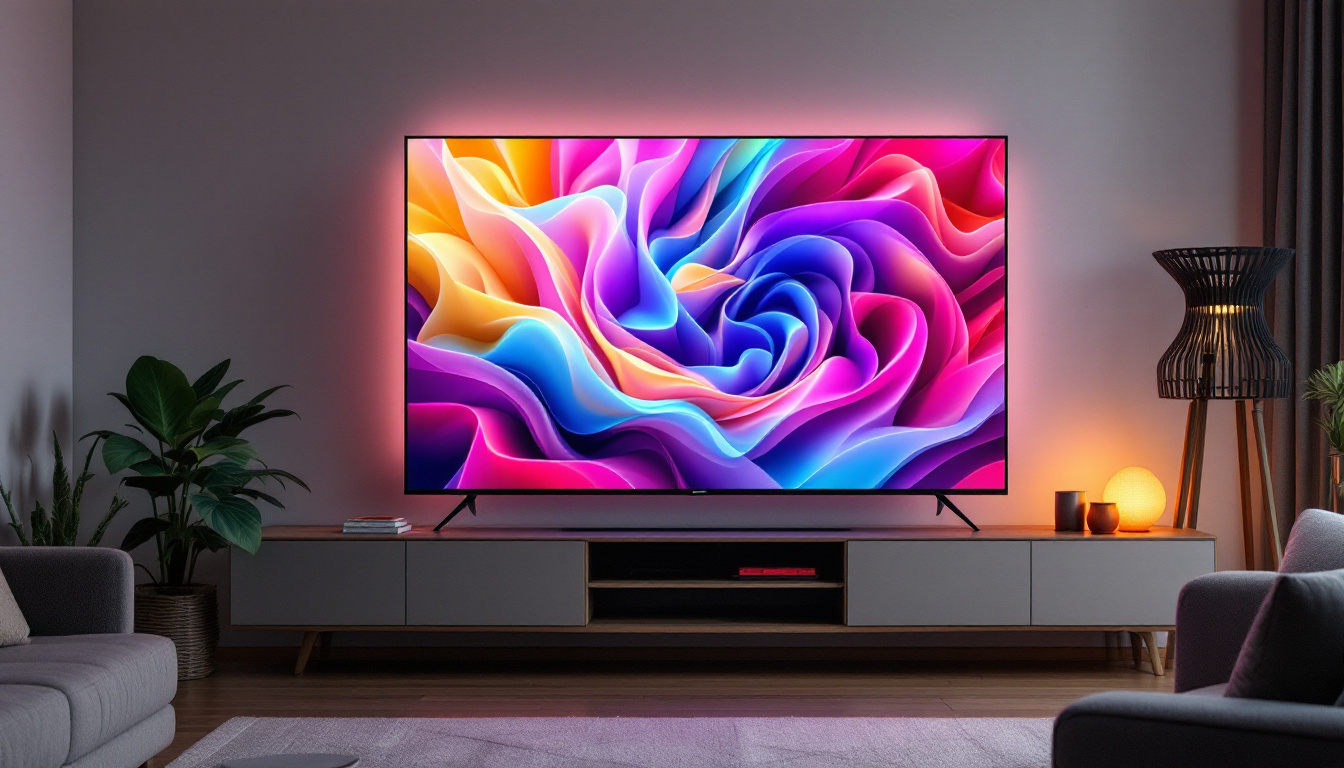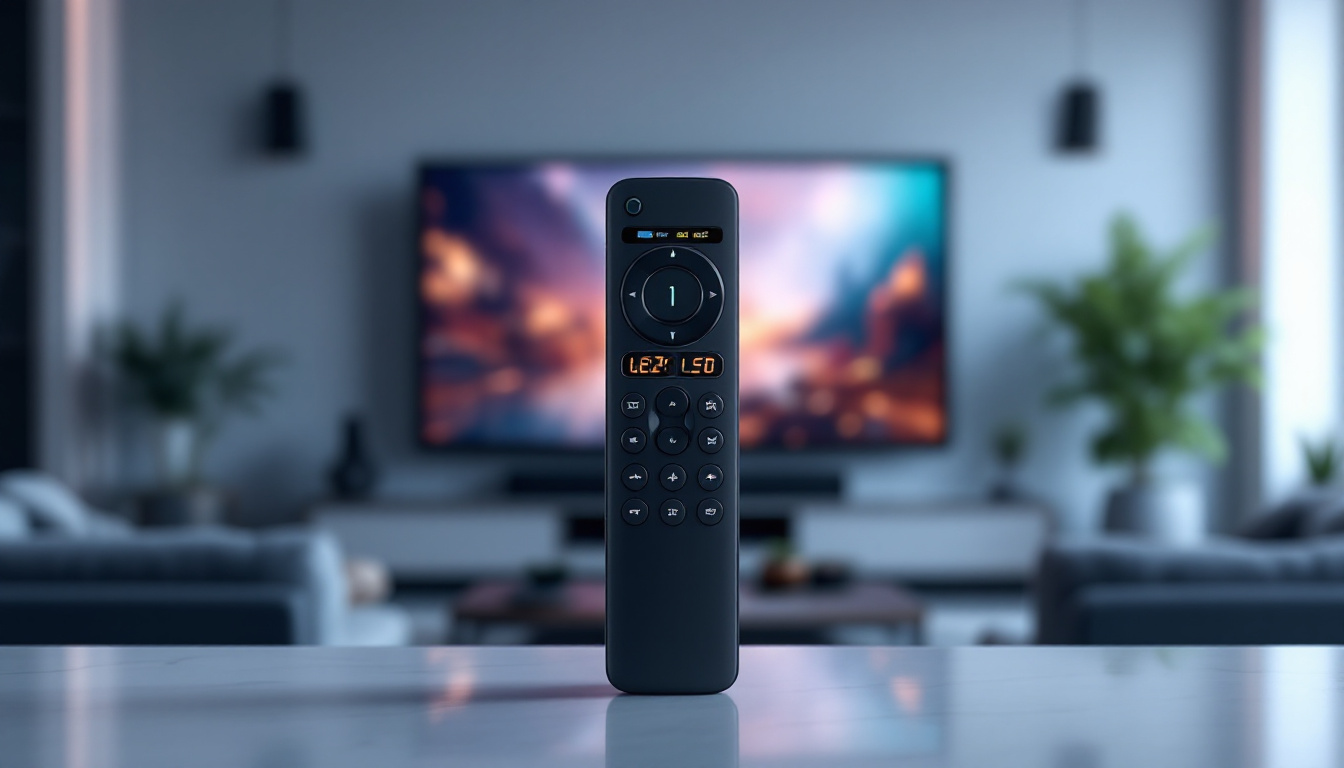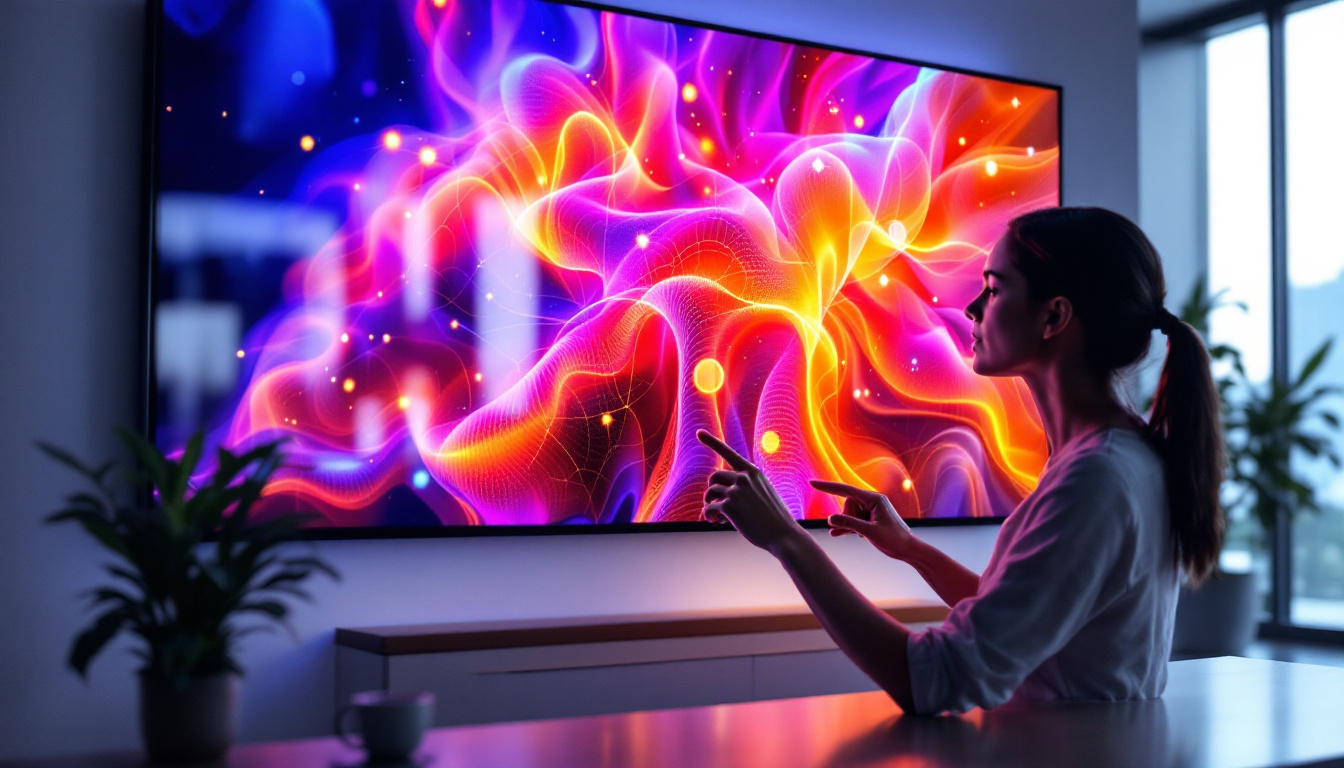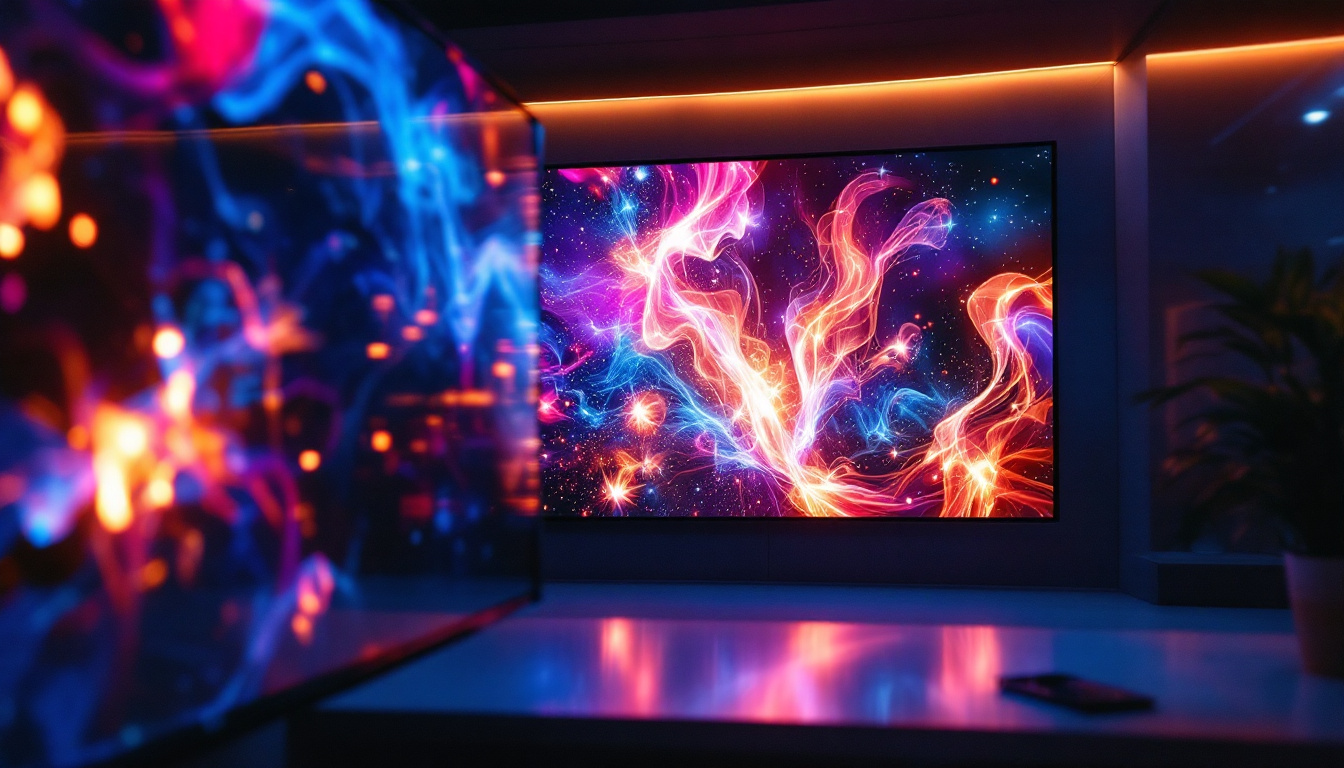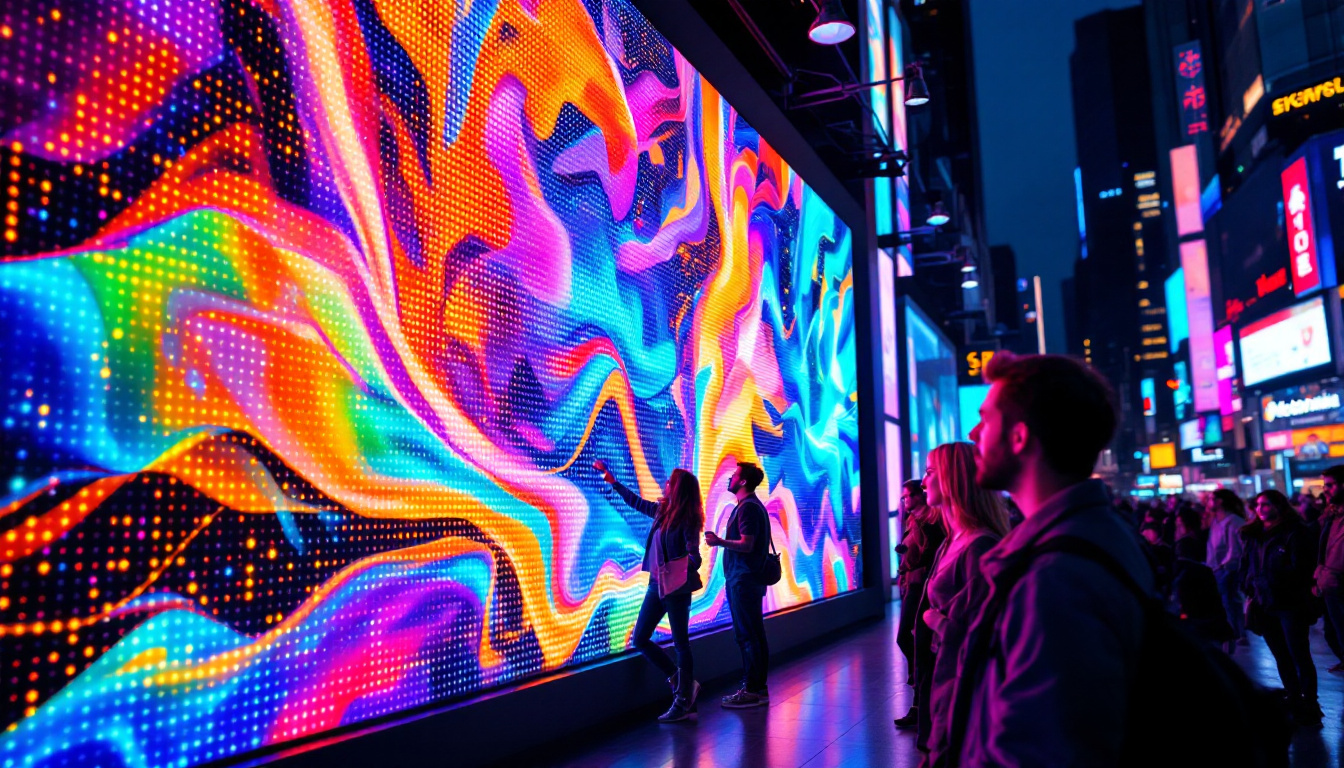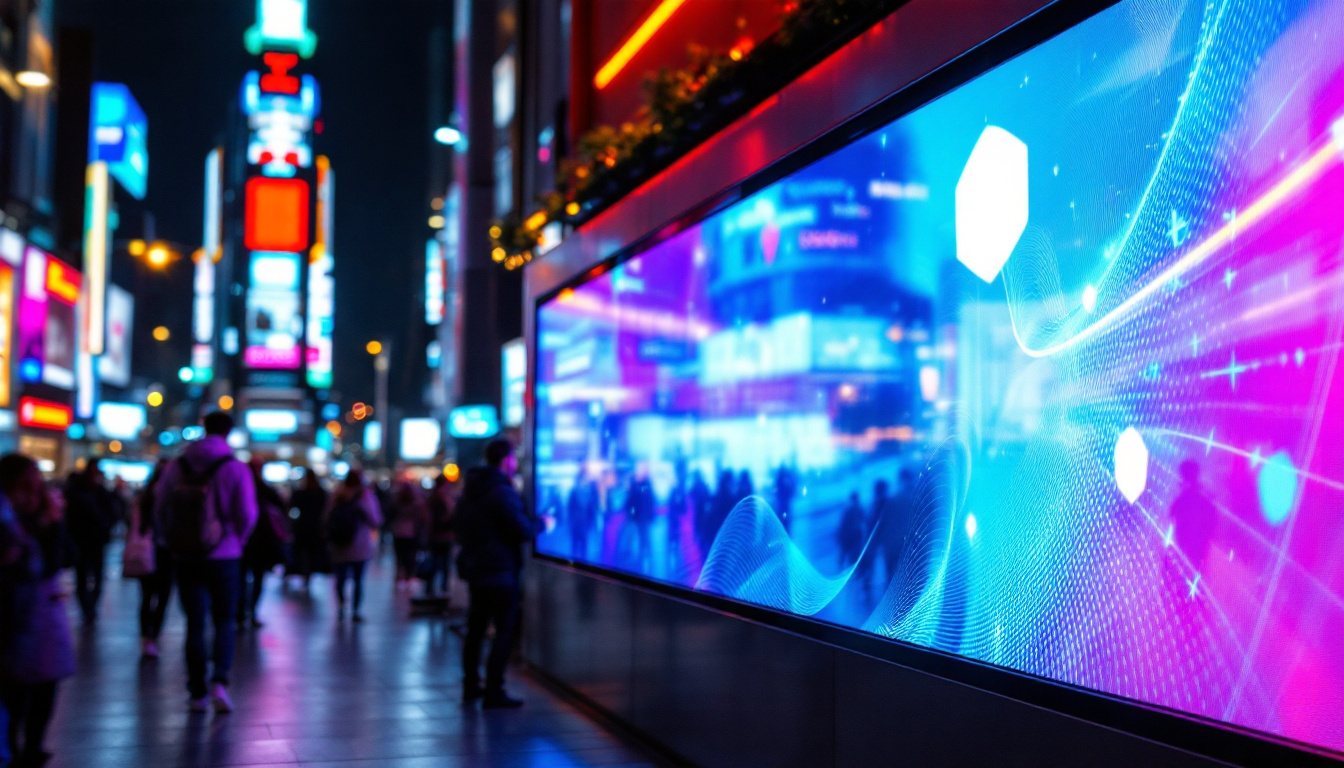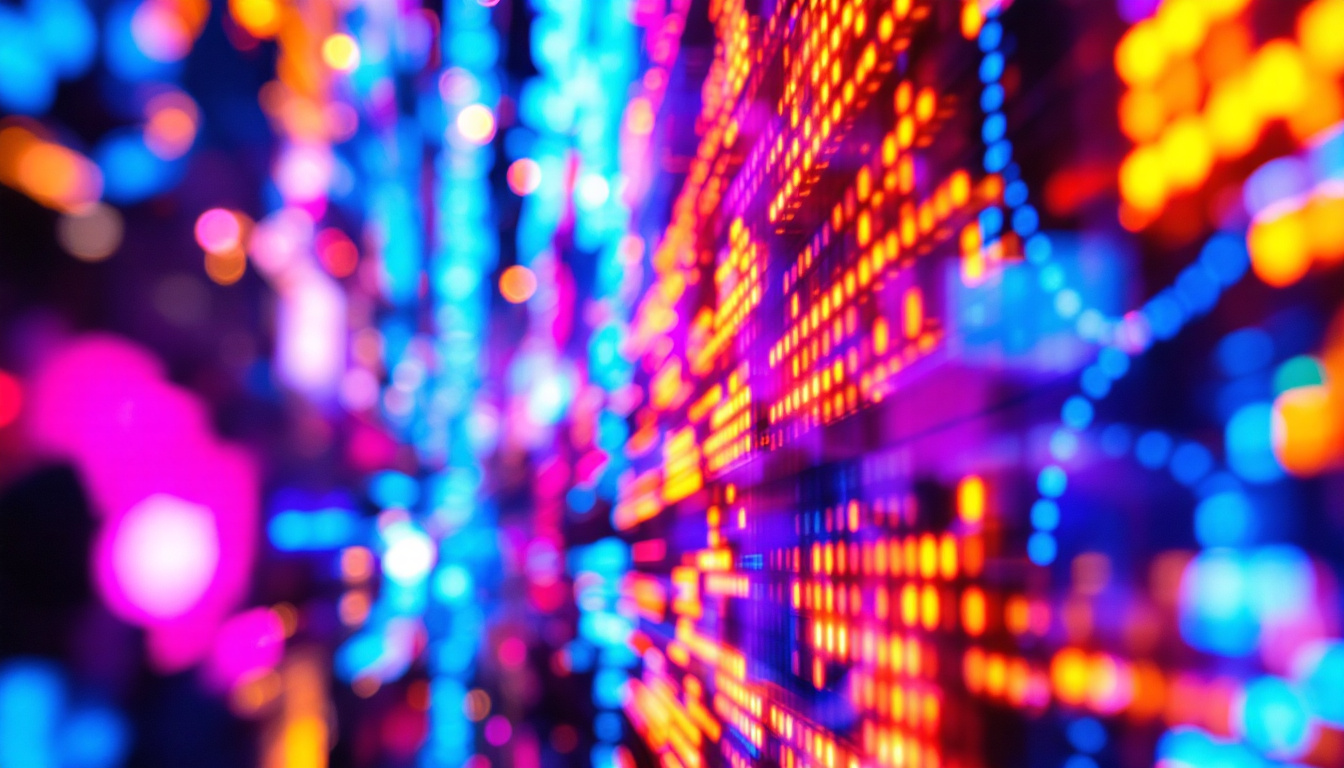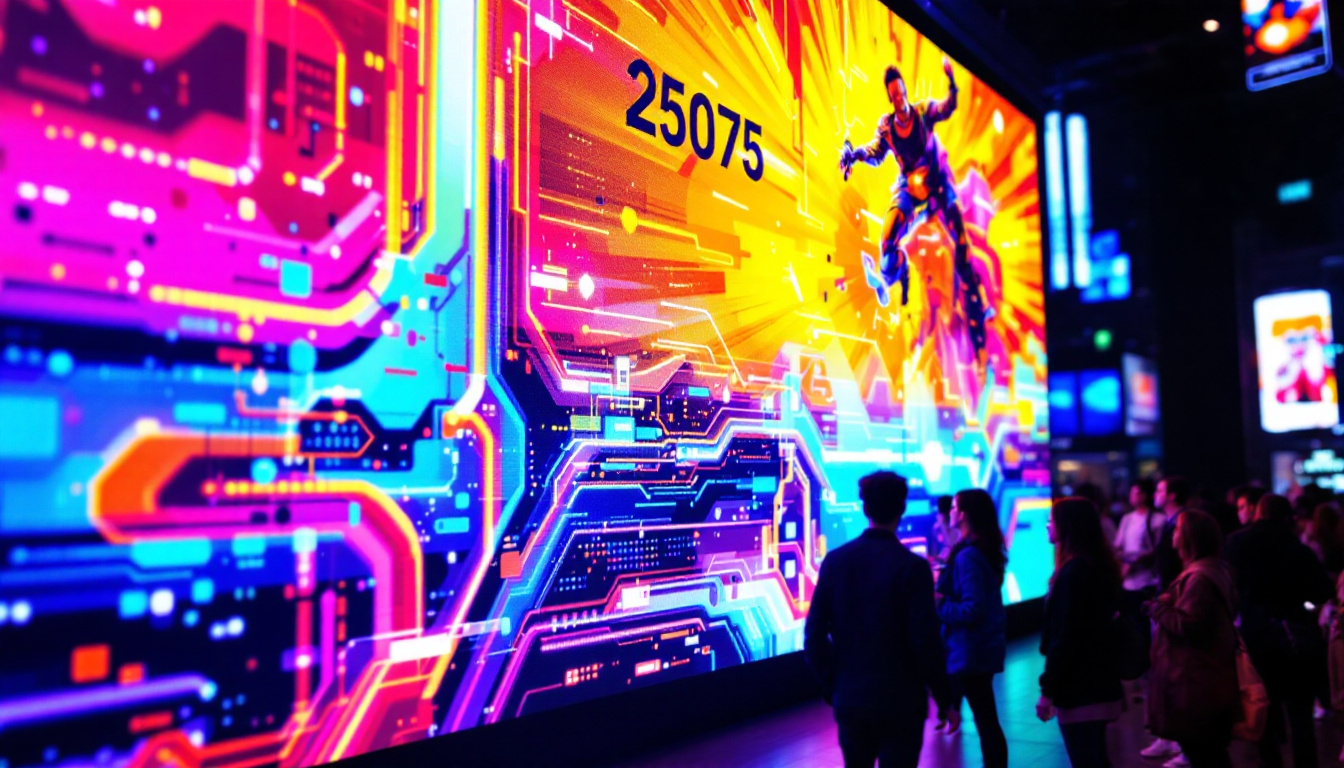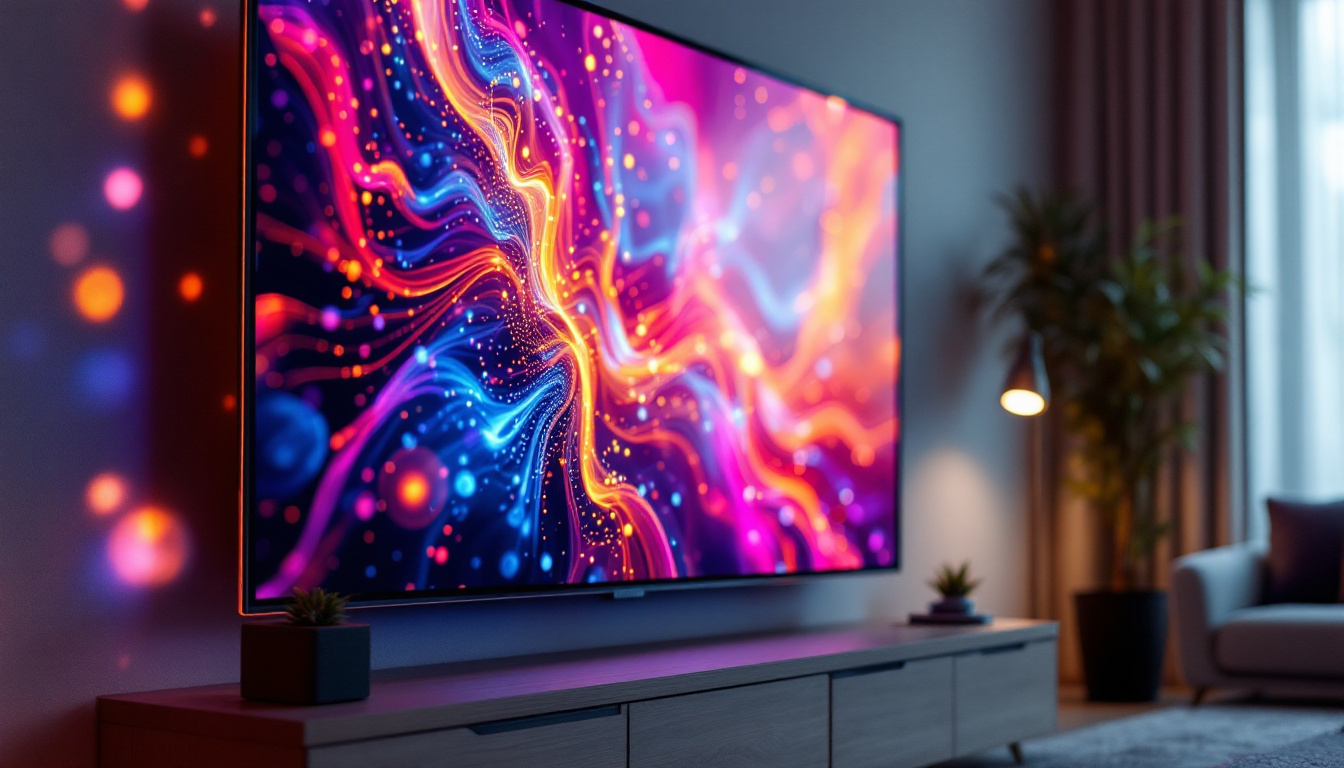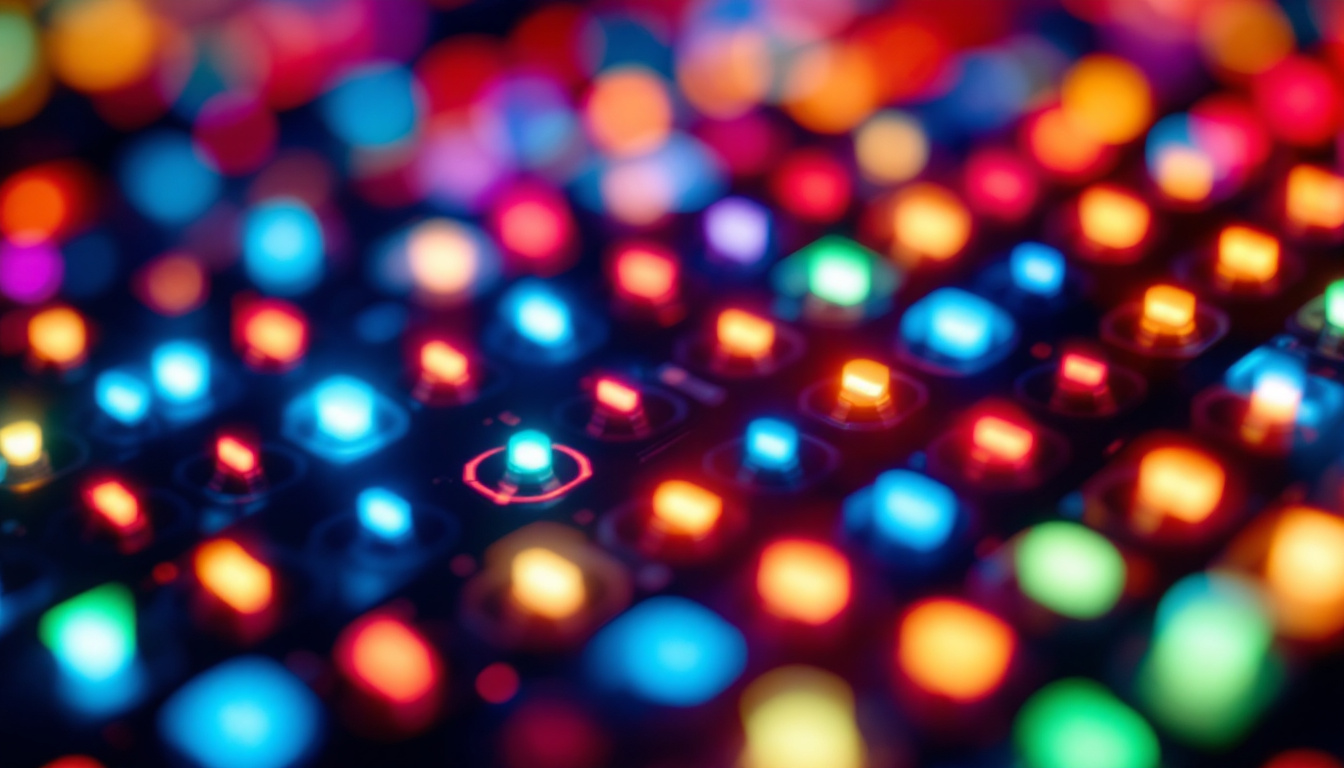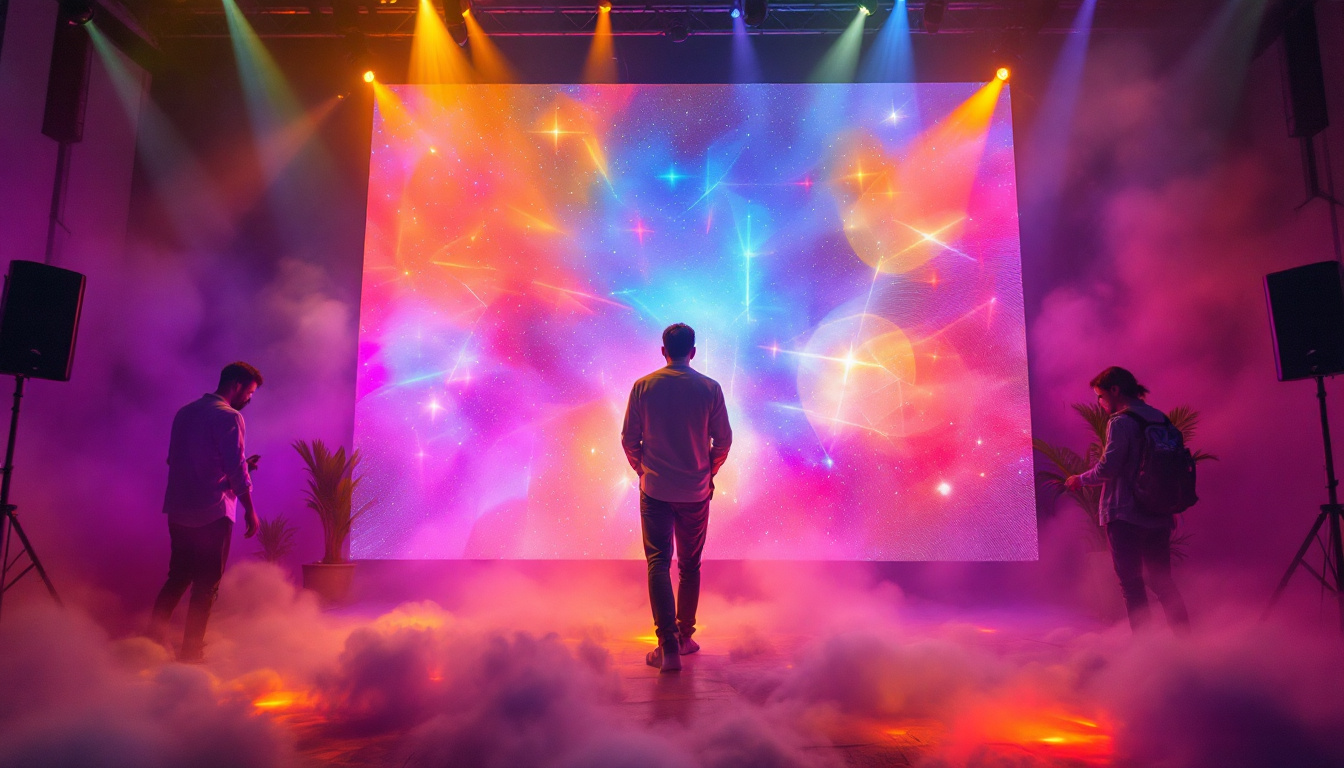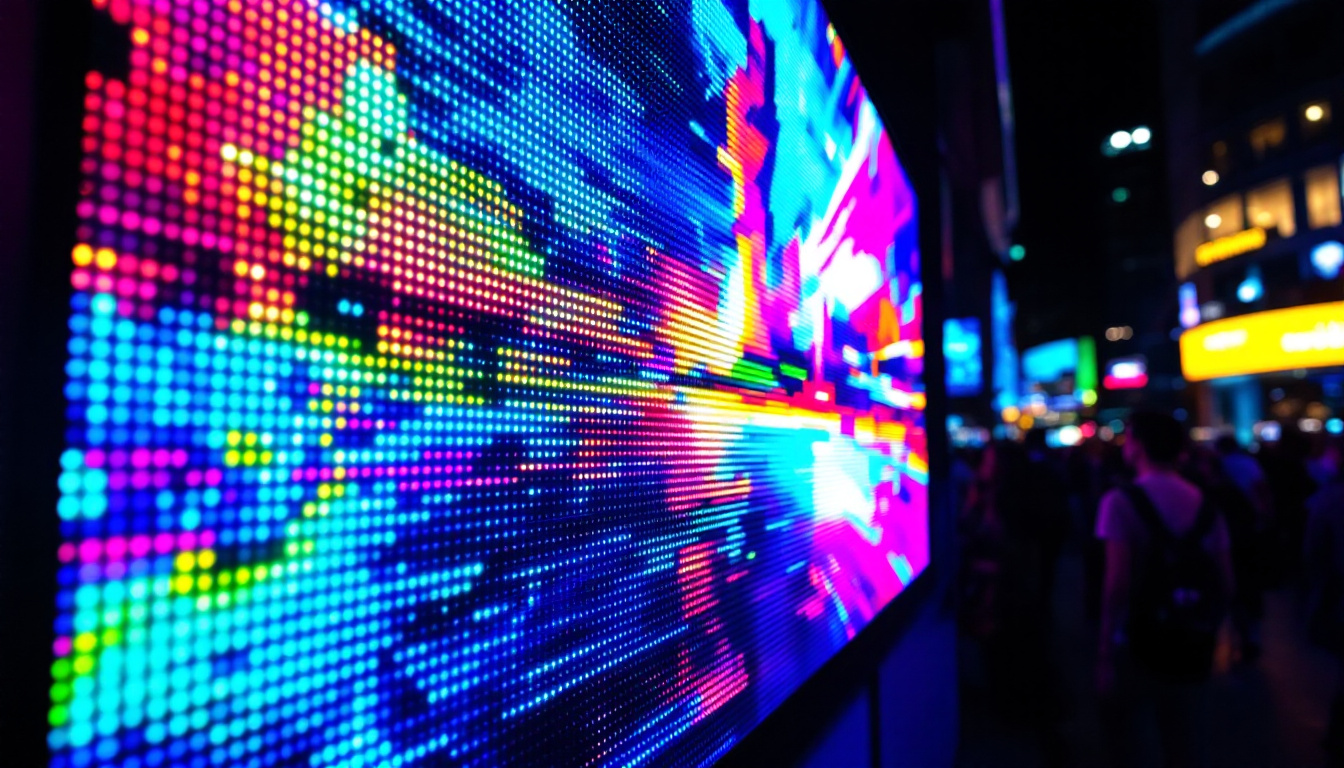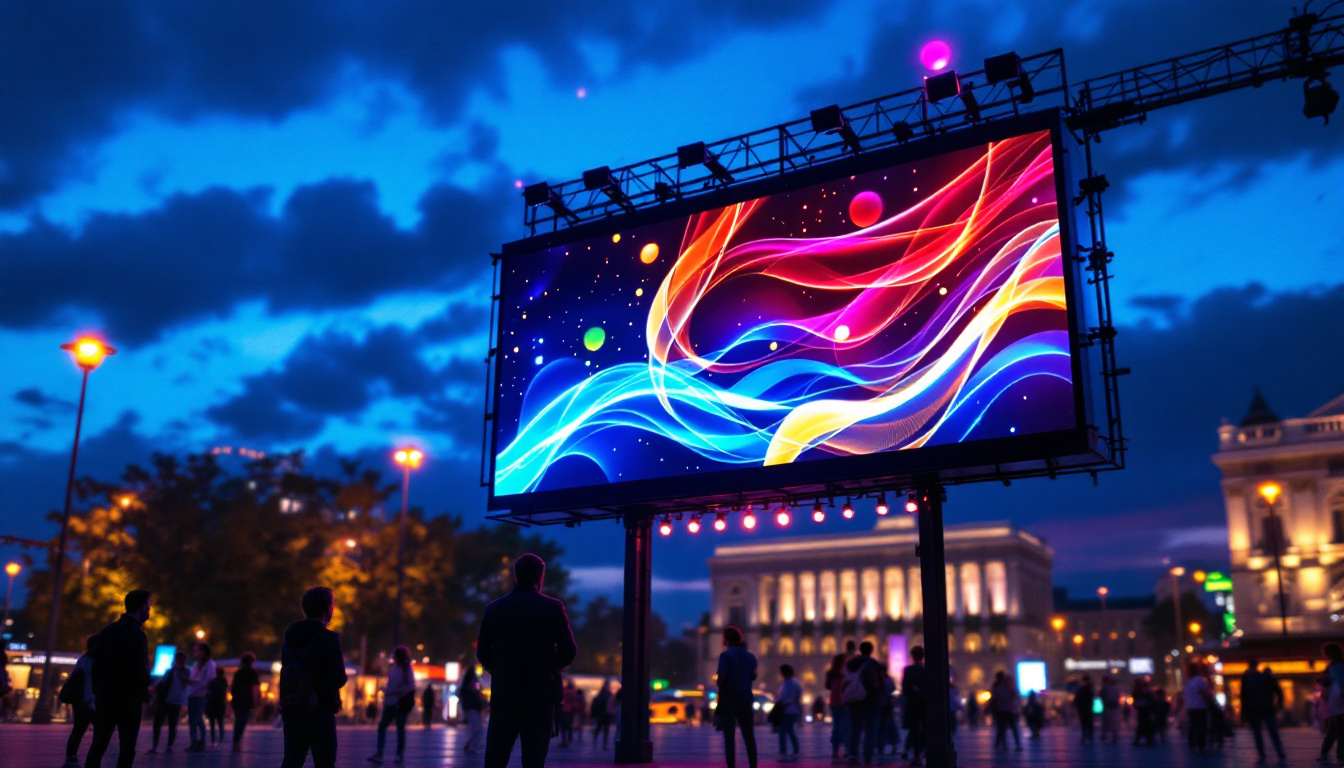In today’s fast-paced world, effective communication is essential for businesses and organizations. One of the most impactful ways to convey messages is through monitor signage, particularly LED displays. These vibrant, eye-catching screens have transformed the way information is shared in various settings, from retail stores to corporate environments. This article delves into the intricacies of LED display technology, its applications, benefits, and future trends.
Understanding LED Technology
Light Emitting Diodes (LEDs) are semiconductor devices that emit light when an electric current passes through them. This technology has revolutionized display systems, providing brighter, more energy-efficient, and longer-lasting options compared to traditional display technologies. The versatility of LEDs has also enabled their integration into various applications beyond simple lighting, including automotive lighting, architectural designs, and even horticulture, where specific light wavelengths can promote plant growth.
The Basics of LED Displays
LED displays consist of numerous tiny LED bulbs that can produce a wide spectrum of colors. These bulbs are arranged in a grid format, allowing for the creation of images, videos, and text. The resolution of an LED display is determined by the pixel pitch, which is the distance between the centers of two adjacent pixels. A smaller pixel pitch results in higher resolution and sharper images, making it ideal for close viewing. Additionally, advancements in technology have led to the development of high dynamic range (HDR) capabilities in LED displays, enhancing the contrast and color accuracy, which is particularly beneficial for applications in film and gaming where visual fidelity is paramount.
Types of LED Displays
There are several types of LED displays, each designed for specific applications. The most common types include:
- Indoor LED Displays: These displays are typically used in environments such as shopping malls, airports, and conference centers. They are designed for close viewing and often feature higher resolutions. Indoor LED displays can also be equipped with advanced features such as touch sensitivity, allowing for interactive experiences that engage audiences more effectively.
- Outdoor LED Displays: Built to withstand harsh weather conditions, outdoor displays are larger and brighter, ensuring visibility even in direct sunlight. Many outdoor models incorporate advanced cooling systems to manage heat and maintain performance, and some are even equipped with sensors that adjust brightness based on ambient light conditions, optimizing energy consumption.
- Transparent LED Displays: These innovative displays allow for visibility through the screen, making them ideal for retail environments where product display is crucial. Transparent LED technology not only enhances aesthetic appeal but also enables dynamic advertising without obstructing the view of the products behind the screen, creating a unique shopping experience.
Applications of LED Displays
LED displays have found their way into a myriad of applications, enhancing communication and engagement across various sectors.
Retail and Advertising
In the retail sector, LED displays serve as powerful advertising tools. Their vibrant colors and dynamic content capture the attention of potential customers, promoting products and special offers effectively. digital signage can be updated in real-time, allowing retailers to respond quickly to market trends or inventory changes. Furthermore, the ability to incorporate interactive elements, such as touch screens, enables customers to engage with the content directly, leading to enhanced shopping experiences. Retailers can also utilize LED displays for targeted advertising, showcasing promotions tailored to specific demographics based on time of day or customer foot traffic patterns.
Corporate Communication
Many corporations utilize LED displays for internal communication. These screens can display important announcements, performance metrics, or even live social media feeds, fostering a sense of community and engagement among employees. Additionally, they are often used in conference rooms for presentations, providing a modern and professional aesthetic. Beyond internal communications, LED displays can also serve as a platform for employee recognition programs, showcasing achievements and milestones in real-time. This not only motivates staff but also cultivates a culture of appreciation and teamwork within the organization.
Transportation Hubs
Airports, train stations, and bus terminals rely heavily on LED displays for information dissemination. Flight schedules, delays, and other critical information are displayed in real-time, ensuring that travelers are well-informed. The high visibility and reliability of LED technology make it an ideal choice for these environments. Moreover, LED displays can be strategically placed throughout transportation hubs to guide passengers efficiently, offering directions, wayfinding information, and even advertising local attractions. The integration of LED technology with mobile applications can further enhance the travel experience by providing personalized updates and alerts directly to travelers’ smartphones, ensuring they are always in the loop.
Benefits of LED Displays
The advantages of LED displays extend beyond their eye-catching visuals. Here are some key benefits that make them a preferred choice for many organizations.
Energy Efficiency
One of the standout features of LED technology is its energy efficiency. Compared to traditional lighting options, LEDs consume significantly less power, which translates to lower energy costs. This not only benefits the environment but also helps organizations save on operational expenses. Furthermore, the reduced energy consumption contributes to a smaller carbon footprint, making LED displays an eco-friendly choice that aligns with sustainability goals.
Longevity and Durability
LED displays boast an impressive lifespan, often exceeding 100,000 hours of operation. This durability means less frequent replacements and maintenance, making them a cost-effective investment in the long run. Additionally, they are resistant to shock and vibration, making them suitable for a variety of environments. Their robust construction allows them to perform well in both indoor and outdoor settings, which is particularly advantageous for businesses that require reliable performance in varying weather conditions.
Versatility in Content
LED displays offer unparalleled versatility in content presentation. Organizations can easily switch between images, videos, and text, allowing for dynamic messaging that can be tailored to specific audiences. This adaptability is particularly beneficial in environments where information needs to be updated frequently. For instance, retail stores can display promotional offers in real-time, while event organizers can use LED screens to provide live updates and engage attendees. The ability to integrate with various content management systems further enhances this versatility, enabling seamless updates and creative presentations that captivate viewers.
High Visibility and Brightness
Another significant advantage of LED displays is their high visibility and brightness. Unlike traditional screens, LED displays maintain clarity and vibrancy even in direct sunlight, making them ideal for outdoor advertising and public displays. This high level of brightness ensures that messages are easily readable from a distance, attracting more attention and increasing engagement. Moreover, the color accuracy and contrast provided by LED technology enhance the overall viewing experience, making visuals pop and drawing in potential customers.
Cost-Effectiveness Over Time
While the initial investment in LED displays may be higher than that of other display technologies, their long-term cost-effectiveness is undeniable. With lower energy consumption, minimal maintenance needs, and a long lifespan, organizations find that the total cost of ownership is significantly reduced over time. Additionally, the ability to create engaging and dynamic content can lead to increased customer interaction and sales, further justifying the investment. As businesses continue to seek innovative ways to capture consumer attention, the financial benefits of LED displays become increasingly apparent.
Challenges and Considerations
While LED displays offer numerous benefits, there are challenges and considerations that organizations must keep in mind when implementing this technology.
Initial Investment Costs
The upfront costs associated with purchasing and installing LED displays can be significant. However, it is essential to consider the long-term savings in energy and maintenance costs when evaluating the overall return on investment. Organizations should conduct thorough research and budget planning to ensure they choose the right solution for their needs.
Content Management
Effective content management is crucial for maximizing the impact of LED displays. Organizations must invest in content creation and management systems to ensure that the information displayed is relevant, engaging, and updated regularly. This may require additional training for staff or the hiring of specialized personnel.
Environmental Considerations
As with any technology, the environmental impact of LED displays should be considered. While they are more energy-efficient than traditional displays, the production and disposal of electronic components can contribute to electronic waste. Organizations should seek sustainable solutions for disposal and recycling to minimize their ecological footprint.
Future Trends in LED Display Technology
The future of LED display technology is promising, with several trends emerging that are set to reshape the industry.
Advancements in Resolution
As technology continues to evolve, the resolution of LED displays is expected to improve significantly. Innovations such as MicroLED and MiniLED technologies are paving the way for displays with even finer pixel pitches, resulting in sharper images and enhanced viewing experiences. This advancement will be particularly beneficial in applications requiring high detail, such as medical imaging and high-end advertising.
Integration with Smart Technology
LED displays are increasingly being integrated with smart technology, allowing for enhanced interactivity and data-driven content. For example, displays can be connected to sensors that detect audience engagement, enabling real-time adjustments to content based on viewer reactions. This level of personalization is expected to become a standard feature in the near future.
Increased Use of Augmented Reality (AR)
Augmented reality is making its mark in the world of LED displays, creating immersive experiences for users. Retailers, for instance, can use AR in conjunction with LED displays to provide customers with interactive product demonstrations. As AR technology continues to advance, its integration with LED displays will likely become more prevalent across various sectors.
Conclusion
LED displays have transformed the landscape of monitor signage, offering vibrant, energy-efficient, and versatile solutions for communication. From retail environments to corporate offices and transportation hubs, the applications of LED technology are vast and varied. While there are challenges to consider, the benefits often outweigh the drawbacks, making LED displays a valuable investment for organizations looking to enhance their messaging capabilities.
As technology continues to advance, the future of LED displays looks bright, with innovations in resolution, smart technology integration, and augmented reality poised to redefine how information is shared. Embracing these changes will be crucial for organizations aiming to stay ahead in an increasingly competitive landscape.
Discover LumenMatrix LED Display Innovations
Ready to elevate your visual communication strategy with the latest in LED display technology? Look no further than LumenMatrix, where innovation meets impact. Our extensive range of LED display solutions, from Indoor and Outdoor LED Walls to specialized displays for vehicles, sports, and even customizable options, are designed to captivate your audience and amplify your message. Experience the future of vibrant, energy-efficient signage and join the revolution in digital storytelling. Check out LumenMatrix LED Display Solutions today and transform your space into a dynamic visual experience.

